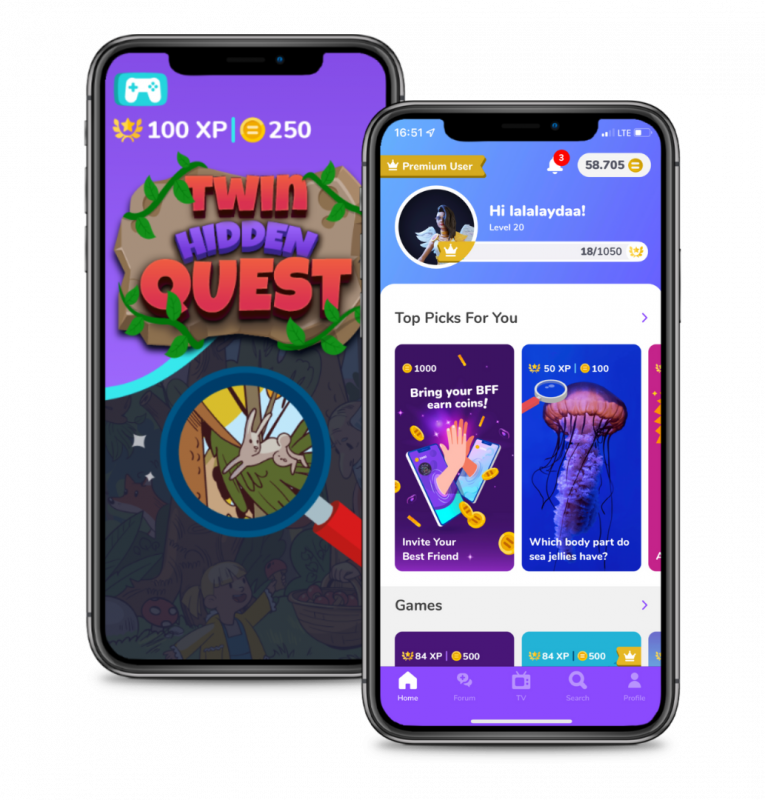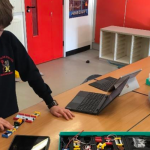One of the most important things we can do to ensure a better future for our planet is to educate the next generation on the importance of sustainable development. Sustainable development goals (SDGs) are an integral part of achieving this, and can be easily incorporated into the classroom. Through the use of interactive activities and hands-on projects, teachers can help students understand the importance of the SDGs and how they can make a difference. By introducing students to the SDGs, they can gain a better understanding of how their actions can help create a more sustainable world. This can help to develop a sense of social responsibility in students, empowering them to take an active role in making our planet a better place. With these tools, teachers can help students develop the skills and knowledge they need to make a positive impact in their communities and beyond.
Why should we incorporate SDGs in the classroom?
Sustainable Development Goals are an important part of creating a more sustainable future for our planet. They outline 17 global challenges that we face as a collective, and the specific goals that we can achieve to address these challenges. With the help of the SDGs, we can create a better world for future generations. By introducing the SDGs to students, teachers can help them build a better understanding of how their actions can contribute to the achievement of these goals. This can help students to develop a sense of social responsibility, empowering them to take an active role in creating a sustainable future. By incorporating the SDGs into the classroom, teachers can help students gain the skills and knowledge they need to make a positive impact in their communities. This can help to create a better future for our planet.

[lightbox id=”contact-form-lesson-form” width=”600px” padding=”20px”] [block id=”contact-form-lesson-form”][/lightbox]
What are the benefits?
By incorporating the SDGs into the classroom, teachers can help their students develop several key skills. These skills can help to prepare students to make a positive impact in their communities and beyond. They can also help create a better future for our planet. Below are some skills that students can develop by learning about the SDGs in the classroom. – Communication – Critical thinking – Creativity – Empathy – Problem-solving – Resourcefulness – Social responsibility By learning about the SDGs, students can also better understand how their actions can contribute to a more sustainable future. This can help to create a more positive impact in their communities, empowering students to take an active role in creating a sustainable future.
10 activities to incorporate SDGs in the classroom
- Have students research and present on a SDG of their choice.
- Have students work in groups to develop a project or campaign to tackle a local issue related to a SDG.
- Hold a classroom discussion about how current events are related to one or more of the SDGs.
- Create a scavenger hunt to help students identify real-world examples of the SDGs.
- Invite a guest speaker to talk to the class about the importance of the SDGs.
- Assign a “Green Team” to research and implement sustainable practices in the classroom and school.
- Have students map out the connections between the SDGs and other subject areas.
- Ask students to create a timeline of the SDGs’ evolution.
- Have students create a public service announcement about a SDG.
- Develop a class service project to help a local organization or community in need.
Guidelines to teach students about SDGs
- Be honest with your students about the challenges our planet is facing and why it’s important to address them now. This can help students understand the SDGs’ importance, making it easier to incorporate them into lesson plans.
- Use multiple sources of information – Many different types of information can help to explain the SDGs, including video and audio content, articles, and images. By using various sources, teachers can appeal to all learning styles, helping to create a more engaging learning environment.
- Make it engaging – Learning about the SDGs can be a dry subject for many students, making it difficult for them to be engaged with the material. By creating engaging activities and lessons, teachers can help to make this topic more exciting for students.
- Use real-world examples – By using real-world examples, teachers can help better to illustrate the importance of the SDGs for students. This can help to create a more engaging learning environment, making it easier for students to understand the importance of these goals.
Resources to support teaching SDGs in the classroom
- Twin’s Free Sustainability Lesson Plan // Download – This free Sustainability Lesson Plan introduces students to the Sustainable Development Goals (SDGs) and helps them understand how their actions can contribute to achieving these goals. Using a combination of interactive activities and group discussions, students will learn about the SDGs and how they connect to their daily lives. The lesson plan includes various materials, from videos and slideshows to worksheets and activities, to ensure students fully understand the SDGs. Students will be encouraged to think about their own actions and how they can make a positive difference in the world. By the end of this lesson, students should have a better understanding of the SDGs and how they can help make the world a better, more sustainable place.
[lightbox id=”contact-form-lesson-form” width=”600px” padding=”20px”] [block id=”contact-form-lesson-form”][/lightbox]
- Sustainable Development Goals infographic – There are many different infographics that teachers can use to help explain the goals. These infographics can be used as visual aids in the classroom, helping to make the information more engaging for students.
- Sustainable Development Goals worksheets – Worksheets are a great way to help students to engage with the material, making it easier for them to understand the importance of the SDGs. There are many different types of worksheets that teachers can use to help teach about these goals.
- Sustainable Development Goals books – Books can also help to explain the goals, making it easier for students to learn about the material. There are many different types of books that teachers can use to help teach about the SDGs.
- Sustainable Development Goals posters – Posters are a great way to help explain the goals, especially for younger students who may find the material challenging. There are many different types of posters that teachers can use to teach about the SDGs.
Importance of gamified sustainability teaching
Gamification in teaching sustainability is essential for engaging students in meaningful, interactive learning experiences. Gamification can help students learn about sustainability principles in an engaging and fun way while teaching them the importance of making sustainable choices. Gamified activities can include virtual simulations, interactive games, online challenges, and more. Through gamification, students can gain a better understanding of the importance of sustainability and the many ways in which they can help make the world a better place.
Twin mobile application is a safe & social online platform for students. Children nurture curiosity with 300+ DIY projects, playful STEM games, and bite-sized interactive videos. Twin’s engaging games focus on different STEM and sustainability topics. Children with a sense of play can explore responsible environmental practices, the UN Sustainable Development Goals, and the importance of protecting our planet. While having fun, they can clean up the oceans, protect the forest, and take environmental action!
Click to learn more about Twin’s education solutions!

How to assess students’ understanding of SDGs
- Twin Skill Report – Twin provides a comprehensive insight to teachers and parents, which illustrates the learning outcomes, skill development progress, and areas of interest for each student. Reports help teachers & parents understand the child’s performance in the Twin app and provide them with actionable information to help guide their child’s learning.
- Create an assessment rubric – By creating an assessment rubric, you can help to better assess the progress of your students and the learning outcomes of each lesson plan. This can help to identify areas that need improvement and students who may need additional support.
- Hold in-class assessments – Hold in-class assessments throughout the course to track the progress of your students and the effectiveness of your teaching methods. This can help to identify areas that need improvement and students who may need additional support.
- Hold homework assignments – Assign your students to help them apply the information they learn in class and truly understand it. This can help to identify areas that need improvement and students who may need additional support.
- Create exit tickets – Create exit tickets that students can fill out at the end of each lesson to help assess their understanding of the material. This can help to identify areas that need improvement and students who may need additional support.

[lightbox id=”contact-form-lesson-form” width=”600px” padding=”20px”] [block id=”contact-form-lesson-form”][/lightbox]



